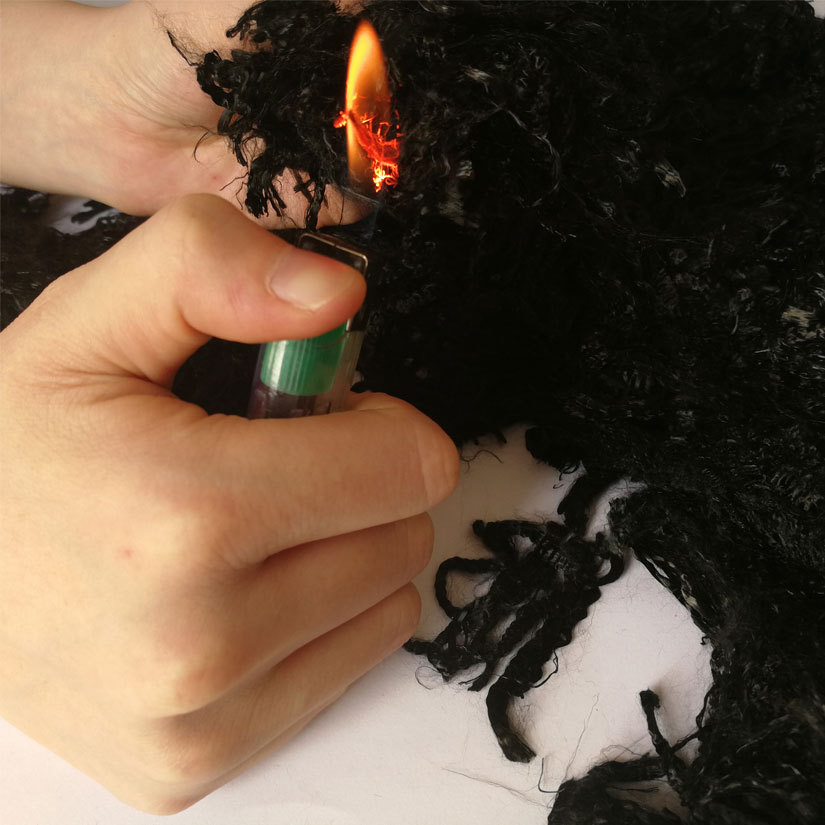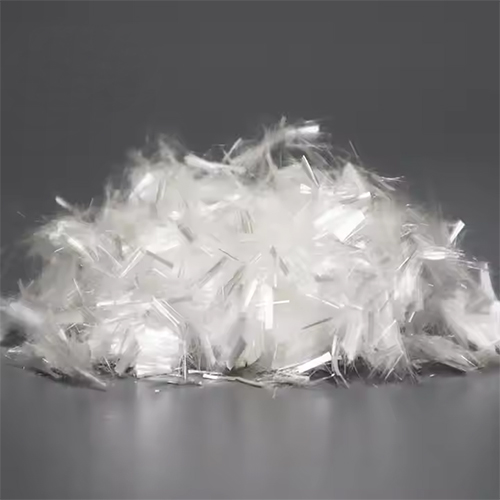Pre-Oxidized Fiber

Pre-oxidized fiber, also known as pre-oxidized carbon fiber or pre-oxidized PAN fiber, is a type of fiber derived from polyacrylonitrile (PAN) precursor. Pre-oxidation is a process that involves heating PAN fibers in the absence of oxygen to convert them into a stable, partially carbonized form.
Pre-oxidized fibers possess unique properties that make them suitable for various applications. They exhibit excellent thermal stability and have a high carbon content, typically ranging from 92% to 99%. This high carbon content allows for exceptional heat resistance and low thermal expansion properties.
Due to their excellent thermal stability, pre-oxidized fibers are commonly used in high-temperature applications such as aerospace and defense industries. They are utilized in the manufacturing of composite materials, including carbon-carbon composites, due to their high strength and stiffness.
In addition to their high-temperature resistance, pre-oxidized fibers also offer good electrical conductivity and chemical resistance. These properties make them suitable for applications in the electronics industry, such as in the production of conductive textiles and electromagnetic shielding materials.
Overall, pre-oxidized fibers are versatile materials with a range of advantageous properties, making them valuable in various industries where high heat resistance, low thermal expansion, and electrical conductivity are required.
Certainly, here is a concise table in English that introduces pre-oxidized fibers:
| Aspect | Detail |
|---|---|
| Definition | Pre-oxidized fibers are fibers that have been stabilized by heating in air at temperatures below their carbonization temperature, which prevents them from burning during the subsequent carbonization stage. |
| Composition | Typically made from polyacrylonitrile (PAN) or other organic precursors. |
| Characteristics | – High thermal stability |
| – Does not melt or drip | |
| – Resistant to flames and high temperatures | |
| – Maintains integrity and form under high stress | |
| Applications | – Fireproof textiles |
| – Protective clothing for firefighters and industrial workers | |
| – High-temperature filtration | |
| – Insulation materials | |
| – Composite reinforcements | |
| Advantages | – Does not propagate flame |
| – Resistant to chemical degradation | |
| – High strength-to-weight ratio | |
| – Thermal and acoustic insulation properties | |
| Disadvantages | – Higher cost compared to non-specialized fibers |
| – Less flexible than non-oxidized fibers | |
| Environmental Impact | – Production process needs to be managed to minimize emissions and energy use |
| Manufacturing Process | – Stabilization of the PAN fibers by heating in air |
| – Carbonization at high temperatures without oxygen | |
| – Surface treatment and sizing for final applications |
| Specification | Description |
|---|---|
| Product Name | Pre-Oxidized Fiber |
| Material | Polyacrylonitrile (PAN) based |
| Fiber Diameter | 10-15 micrometers (can vary based on manufacturer) |
| Density | ~1.38 g/cm³ |
| Tensile Strength | 2-4 GPa (can vary based on treatment and manufacturer) |
| Elastic Modulus | 70-120 GPa (subject to processing conditions) |
| Elongation at Break | 10-20% |
| Thermal Conductivity | 0.04-0.06 W/mK (at room temperature) |
| Thermal Stability | Stable up to 250°C in air |
| Carbon Content | >92% |
| Oxygen Content | <5% |
| Surface Treatment | Sizing agents applied for compatibility with resin systems |
| Resin Compatibility | Compatible with epoxy, phenolic, and vinyl ester resins |
| Filament Count | 1K, 3K, 6K, 12K, etc. (customizable based on application) |
| Bobbin Size | Standard industry sizes or customizable |
| Application Areas | Aerospace, defense, fireproof clothing, high-temperature filtration, etc. |
| Regulatory Compliance | Meets ISO 9001 Quality Management Standards (example) |
| Packaging | Moisture-proof and anti-static packaging |
| Storage Conditions | Store in a cool, dry place away from direct sunlight |
RECOMMENDED PRODUCTS
- View details
Nylon Flocked Short Fibers
Nylon Flocked Short Fibers
- View details
PVA Fiber
PVA Fiber
- View details
Bicomponent Fiber
Bicomponent Fiber
- View details
PE Fiber
Polyethylene fiber
loading…
已经是到最后一篇内容了!
 DC New Material
DC New Material







